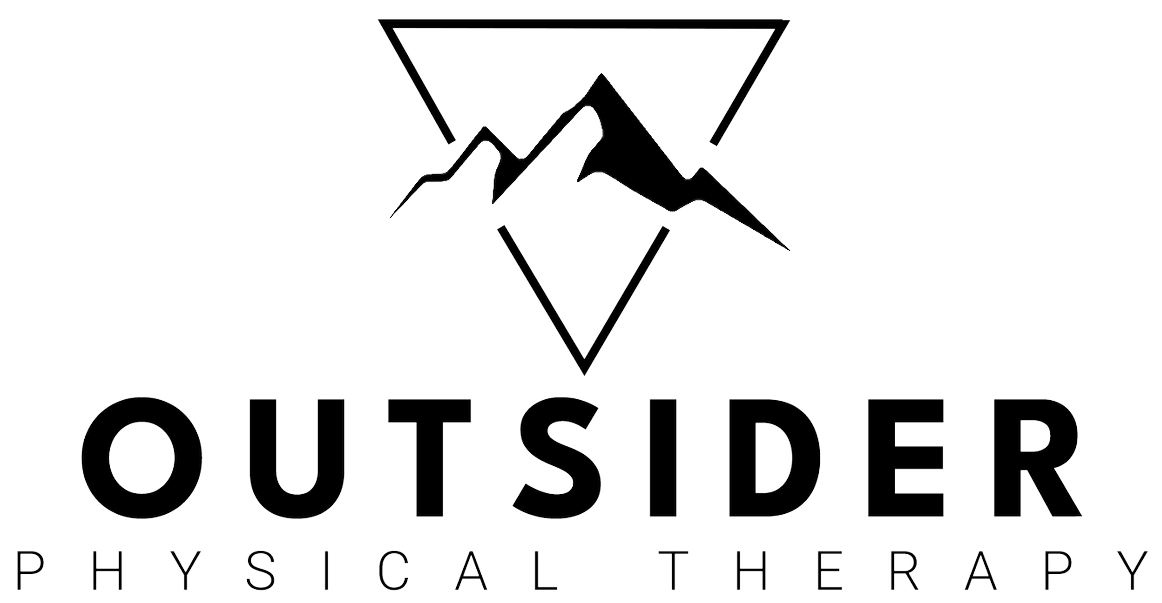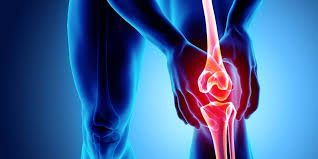Resting: Overrated or Crucial?
Resting: Overrated or Crucial?
“R.I.C.E.”
“Just go home and rest for a few days.”
“You just need to push through it.”
“Pain is all in your head.”
These are all common phrases thrown around in the rehab and fitness world. But when should you listen—and when should you ignore them? Let’s break each one down and look at what really matters for healing and recovery.
1. The Problem with “R.I.C.E.”
Rest. Ice. Compression. Elevation.
R.I.C.E. has become a default response to injury, especially for acute issues. But it's often misapplied—and misunderstood.
Rest: Helpful or Harmful?
Yes, rest is important. But most people interpret it as: “I shouldn’t do anything for a week.” The reality? Completely shutting down movement can lead to muscle atrophy, compensation patterns, and a longer road to recovery.
- Instead, what’s needed is guided movement.
- Even non-weight-bearing activity keeps blood flowing, maintains neuromuscular control, and helps avoid maladaptive compensation.
Ice: Healing or Hindering?
Ice may dull pain temporarily—but inflammation is part of the healing process. Constant icing can delay your body’s ability to repair itself.
- Use ice sparingly, and never as a replacement for movement.
Compression and Elevation can be helpful tools after activity—but again, shouldn’t come at the expense of movement.
2. “Just Rest for a Few Days” – Sometimes Yes, Sometimes No
This phrase can be helpful… in specific scenarios. If someone is overtrained or neurologically overstimulated, a pause can help prevent injury or burnout.
But the most powerful recovery tool?
- Sleep. Without good sleep, no amount of rest, ice, or stretching will fully do its job.
Even while resting, you can still move—just adjust the intensity. Go for a walk. Do mobility work. Take a swim.
Active recovery keeps your body adaptable and reduces downtime.
3. “Just Push Through It” – Know the Difference Between Pain and Effort
There’s a big difference between fatigue and pain.
- Pushing through fatigue builds resilience.
- Pushing through pain usually builds injuries.
Listen to your body. You need to know the difference between “this is hard” and “this feels wrong.” Pain is not weakness—but it is information.
4. “Pain Is All in Your Head” – Sort of, But Not Really
Pain is interpreted in the brain, yes—but that doesn’t mean it’s imagined.
Your pain is based on:
- Current input
- Past experiences
If you've had a major injury before, a small trigger now may feel much bigger. And vice versa.
But pain is always real, even if it's influenced by perception.
So… Is Rest Overrated or Crucial?
It’s both.
Rest is crucial when done intentionally and intelligently. But when it becomes complete shutdown, it becomes harmful.
The best recovery plan includes:
- ✅ Smart movement
- ✅ Progressive loading
- ✅ Quality sleep
- ✅ Body awareness
- ✅ Honest interpretation of pain
At Outsider Physical Therapy, we guide you through recovery with all of this in mind. No cookie-cutter rest. No blanket advice. Just real, personalized care that meets you where you are.





